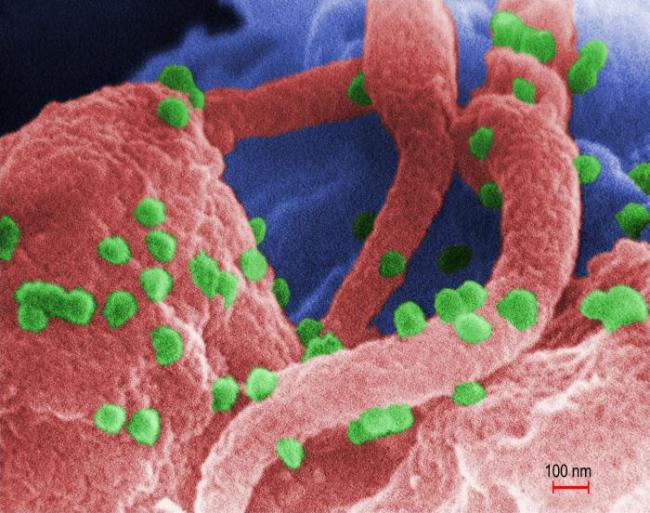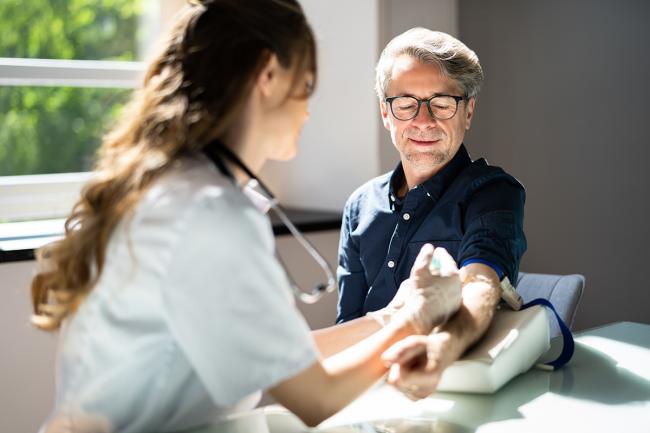A study published in the Lancet Public Health looks at oral nicotine pouch use in Great Britain.
Prof…
A study published in the Lancet Public Health looks at oral nicotine pouch use in Great Britain.
Prof…


Introduction
An overview of the circadian rhythm
Why nighttime eating matters
Best foods to eat at night
Foods to limit or avoid in the evening
Effects on cardiometabolic health
Practical guidelines
References
Further reading
Late-night meals can…

According to the US Centers for Disease Control and Prevention (CDC) and other sources, there are approximately 1.2 million people living with HIV in the United States, and another 1.2 to 2.2 million who are at…
You don’t have permission to access “http://www.hhs.gov/press-room/cdc-adopts-individual-based-decision-making-for-hepatitis-b-immunization-for-infants-born-to-women-who-test-negative-for-the-hepatitis-b-virus.html” on this…

Vaccination in pregnancy (VIP) keeps parents and babies safer by preventing infection-related morbidity and mortality [-]. Despite these benefits, vaccine uptake in pregnancy remains low in Canada and globally, particularly after the…

If you’ve ever thought a break from social media might be good for your head space, new research suggests you’re onto something.
In a study of young adults published in JAMA Network Open, those who participated in a one-week social media…

December 16, 2025

December 16, 2025

December 16, 2025